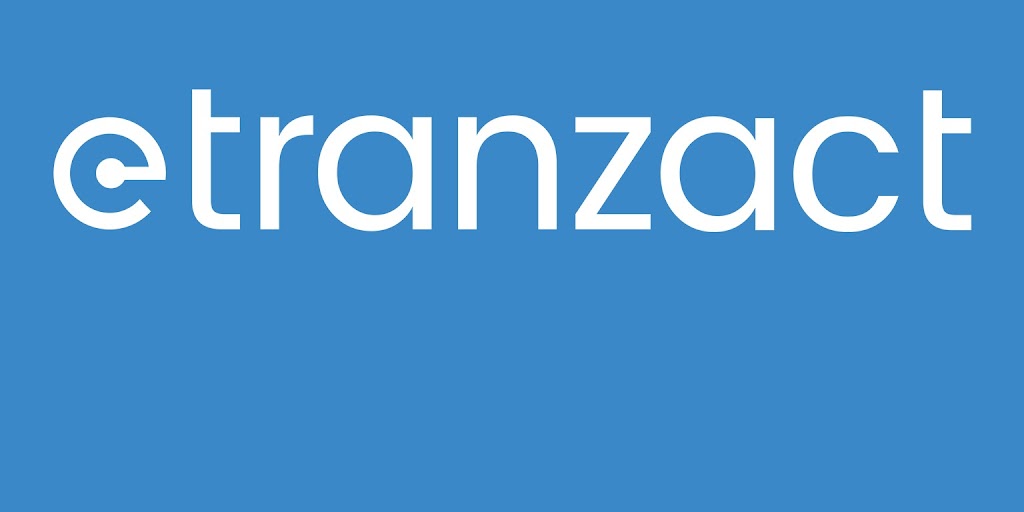Can You Trust QuickCredit with Your Identity and Bank Account Details?
QuickCredit
is a financial technology company that offers personal loans to
individuals in need of quick cash. As with any financial institution,
customers may have concerns about the safety and security of their
personal information, particularly their identity and bank account
details. Therefore, it is important to address the question of whether
or not QuickCredit can be trusted with this sensitive information.
QuickCredit uses advanced encryption and security measures to protect
their customers’ information. They have implemented various security
protocols, such as two-factor authentication, to ensure that only
authorized individuals have access to sensitive data. However, despite
these measures, there is always a risk of data breaches or cyber
attacks. Therefore, it is important for customers to take their own
precautions to protect their personal information, such as using strong
passwords and monitoring their accounts regularly.
Understanding QuickCredit’s Security Measures
QuickCredit takes the security of its users’ identity and bank
account details seriously. To ensure the highest level of security, the
company has implemented various measures that protect users’ information
from unauthorized access and fraudulent activities.
One of the key security measures that QuickCredit has in place is the
use of SSL encryption on its website. SSL encryption ensures that all
data transmitted between the user’s device and QuickCredit’s servers is
encrypted and secure. This means that any sensitive information, such as
bank account details, is protected from being intercepted by
unauthorized parties.
In addition to SSL encryption, QuickCredit also uses multi-factor
authentication to verify the identity of its users. This means that
users are required to provide additional information, such as a
verification code sent to their registered phone number, in addition to
their login credentials. QuickCredit also regularly monitors its systems for any suspicious
activity and has implemented various fraud detection measures to prevent
fraudulent activities. This includes monitoring user behavior and
transactions, as well as using machine learning algorithms to detect any
suspicious patterns.
Overall, QuickCredit’s security measures are designed to ensure the
highest level of security for its users’ identity and bank account
details. By implementing SSL encryption, multi-factor authentication,
and fraud detection measures, QuickCredit is able to provide a secure
and reliable service to its users.
QuickCredit’s Privacy Policy Overview
QuickCredit is committed to protecting the privacy of their
customers’ personal and financial information. They have implemented a
comprehensive privacy policy that outlines their data collection
practices and data usage policies.
Data Collection Practices
QuickCredit collects personal and financial information from their
customers in order to provide their services. This information may
include name, address, phone number, email address, social security
number, date of birth, employment information, and bank account details.
QuickCredit collects this information through various means,
including online applications, customer service calls, and other
interactions with their customers. They may also collect information
from third-party sources, such as credit bureaus, in order to verify the
accuracy of the information provided by their customers.
Data Usage Policies
QuickCredit uses the personal and financial information collected
from their customers for a variety of purposes, including to process
loan applications, to communicate with their customers, to improve their
services, and to comply with legal and regulatory requirements.
They may also share this information with third-party service
providers, such as payment processors and credit bureaus, in order to
provide their services. QuickCredit requires these service providers to
maintain the confidentiality and security of their customers’
information.
QuickCredit may also share their customers’ information with
affiliates and other third parties for marketing purposes, but only with
their customers’ consent.In summary, QuickCredit takes the privacy of their customers’
personal and financial information seriously and has implemented
policies and procedures to protect it. They collect information only for
legitimate purposes and share it only with trusted third parties.
Regulatory Compliance and Certifications
Industry Standards Compliance
QuickCredit places a high value on regulatory compliance and adheres
to industry standards to ensure the safety and security of its
customers’ personal information. The company is compliant with the
Payment Card Industry Data Security Standard (PCI DSS), which is a set
of security standards designed to ensure that all companies that accept,
process, store, or transmit credit card information maintain a secure
environment. QuickCredit also complies with the General Data Protection
Regulation (GDPR), which is a regulation in the European Union that
protects the privacy and personal data of EU citizens.
Third-Party Audits
QuickCredit undergoes regular third-party audits to ensure that its
security measures and practices are up to industry standards. The
company is audited by independent auditors who are accredited by the
Payment Card Industry Security Standards Council (PCI SSC) and are
authorized to perform PCI DSS assessments. These audits ensure that
QuickCredit is implementing and maintaining the necessary security
controls to protect its customers’ personal and financial information.
In addition to PCI DSS audits, QuickCredit also undergoes audits by
other third-party organizations to ensure that it is complying with
other industry standards and regulations. These audits help to ensure
that QuickCredit is providing a safe and secure platform for its
customers to manage their financial needs.
Encryption and Data Protection Techniques
QuickCredit takes the security and privacy of its customers very
seriously. To ensure the safety of user information, the company employs
a variety of encryption and data protection techniques.
Secure Socket Layer (SSL) Technology
QuickCredit uses SSL technology to secure the transmission of data
between the user’s device and the company’s servers. SSL is a widely
used encryption protocol that creates a secure and encrypted connection
between the user’s device and the server. This ensures that any data
sent between the user and the server is protected from unauthorized
access and interception.
Two-Factor Authentication
QuickCredit also uses two-factor authentication to provide an extra
layer of security to user accounts. This means that in addition to the
usual username and password, users must also provide a second form of
authentication, such as a code sent to their mobile device or a
fingerprint scan. This helps to prevent unauthorized access to user
accounts even if a malicious actor manages to obtain the user’s login
credentials.
Overall, QuickCredit employs a variety of encryption and data
protection techniques to ensure the security and privacy of user
information. By using SSL technology and two-factor authentication, the
company provides users with a safe and secure platform to manage their
finances.
User Control and Access
QuickCredit provides users with a personal dashboard that allows them
to manage their account and control access to their personal
information. The dashboard features a variety of tools and settings that
enable users to customize their experience and protect their data.
Personal Dashboard Features
The personal dashboard provides users with a range of features to
help them manage their account and access to their personal information. They can also update their contact information, change
their password, and set up two-factor authentication for added security.
In addition, the personal dashboard allows users to control access to
their personal information. Users can choose which third-party apps and
services have access to their data, and they can revoke access at any
time. This gives users greater control over their data and helps to
prevent unauthorized access.
Revoking Access
If a user decides to revoke access to their personal information,
they can do so easily through the personal dashboard. Users can view a
list of all third-party apps and services that have access to their
data, and they can revoke access with just a few clicks. This ensures
that users have complete control over their data and can prevent
unauthorized access.
Overall, QuickCredit provides users with a range of tools and
features to help them manage their account and control access to their
personal information. With the personal dashboard, users can customize
their experience, protect their data, and ensure that their information
is secure.
QuickCredit’s Transparency Reports
QuickCredit takes transparency seriously and regularly publishes
transparency reports on its website. These reports provide detailed
information about the company’s operations, including how it handles
customer data and compliance with regulatory requirements.
The reports disclose the number of requests for customer data that
QuickCredit receives from law enforcement agencies. They also provide
information about the company’s efforts to protect customer privacy and
data security.
QuickCredit’s transparency reports are comprehensive and provide
detailed information about the company’s operations.
The reports also provide customers with valuable information about how their data is being used,




